The enigmas of biology have long captivated scientists and laypeople alike, presenting puzzles that defy easy explanation. From the origins of consciousness to the sudden explosion of life during the Cambrian period, these mysteries challenge our understanding of life itself. Unlike the tidy narratives often presented in textbooks, the reality is far more complex, with each question opening doors to even deeper uncertainties.
The origins of consciousness remain one of the most profound mysteries in biology. How does a collection of neurons give rise to subjective experience, self-awareness, and the rich inner life that defines human existence? Despite advances in neuroscience, the so-called "hard problem" of consciousness, as coined by philosopher David Chalmers, persists. Some theories suggest consciousness emerges from complex computations within the brain, while others propose it may be a fundamental property of the universe, akin to space or time. The lack of a definitive framework leaves this question tantalizingly open.
Equally perplexing is the Cambrian explosion, a period roughly 541 million years ago when nearly all major animal phyla appeared in the fossil record within a relatively short geological span. What triggered this sudden diversification of life? Hypotheses range from increased oxygen levels to the evolution of predatory behaviors, yet none fully explain why such complexity arose so abruptly. The scarcity of pre-Cambrian fossils adds to the mystery, leaving scientists to piece together clues from an incomplete record.
Another enduring puzzle is the nature of viruses. Are they alive? These microscopic entities replicate and evolve but lack the cellular structure considered fundamental to life. Their origins are equally ambiguous—some may have evolved from escaped genetic material, while others might represent degenerate life forms. The ongoing debate reflects broader questions about how we define life and its boundaries.
The mystery of aging also eludes a comprehensive explanation. Why do organisms deteriorate over time, and why do some species, like the immortal jellyfish, seemingly escape this fate? Theories such as the accumulation of cellular damage or the evolutionary trade-off between reproduction and longevity provide partial answers, but the precise mechanisms remain elusive. Understanding aging could revolutionize medicine, yet the biological clock's inner workings continue to resist full decipherment.
Then there's the question of altruism in nature. From bees sacrificing themselves for their hive to humans helping strangers, altruistic behavior appears to contradict the "survival of the fittest" principle. Kin selection and reciprocal altruism offer some explanations, but cases of altruism toward unrelated individuals challenge these models. The interplay between genetics, environment, and social structures in fostering selflessness remains a rich area of study.
Biological clocks present another conundrum. How do organisms, from plants to humans, maintain precise circadian rhythms without external cues? The discovery of clock genes was a breakthrough, but the full picture of how these molecular timekeepers synchronize with environmental cycles—and why they're so pervasive across life—is still unfolding. Disruptions to these rhythms, as seen in jet lag or shift work, underscore their importance yet also highlight gaps in our understanding.
The phenomenon of deja vu straddles the line between biology and psychology. Why do we experience fleeting sensations of familiarity in entirely novel situations? Neurological theories point to momentary glitches in memory processing, but the subjective nature of the experience makes it resistant to easy explanation. Like consciousness itself, deja vu reminds us of how much remains unknown about the brain's inner workings.
Mass extinctions, particularly the demise of the dinosaurs, continue to spark debate. While the asteroid impact theory dominates explanations for the Cretaceous-Paleogene extinction, questions linger about why some species survived while others perished. The role of volcanic activity, climate change, and ecological factors in shaping these catastrophic events remains an active area of research, with implications for understanding biodiversity loss today.
Finally, the genetic basis of complex traits presents a modern mystery. Despite mapping the human genome, predicting an organism's traits from its DNA remains fraught with uncertainty. The interplay between genes, environment, and chance development creates variability that defies simple genetic determinism. This "missing heritability" problem underscores how much we have yet to learn about the blueprint of life.
These biological mysteries, from the microscopic to the evolutionary, remind us that science is a journey rather than a destination. Each unanswered question represents not a failure of understanding but an invitation to further exploration—a testament to the complexity and wonder of the living world.
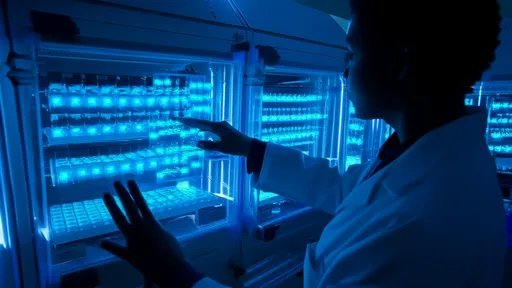
By /Jul 3, 2025
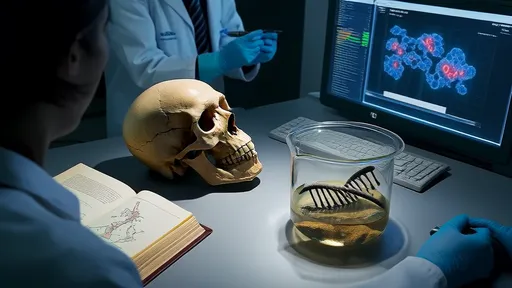
By /Jul 3, 2025

By /Jul 3, 2025

By /Jul 3, 2025

By /Jul 3, 2025

By /Jul 3, 2025

By /Jul 3, 2025
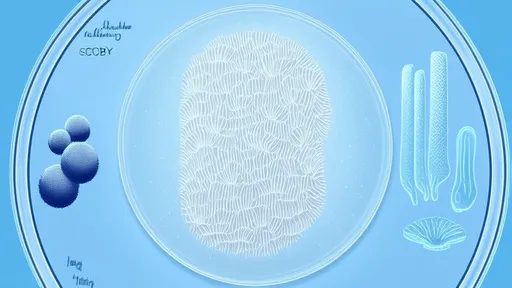
By /Jul 3, 2025
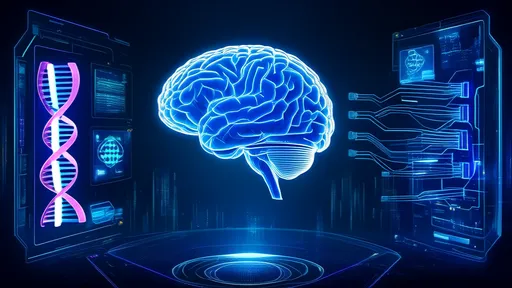
By /Jul 3, 2025

By /Jul 3, 2025
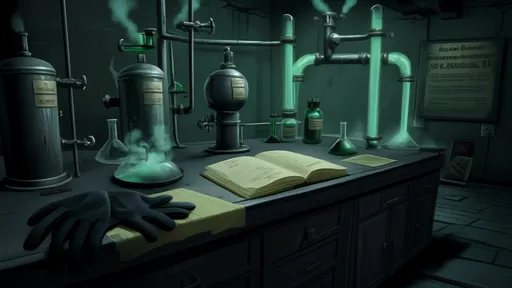
By /Jul 3, 2025
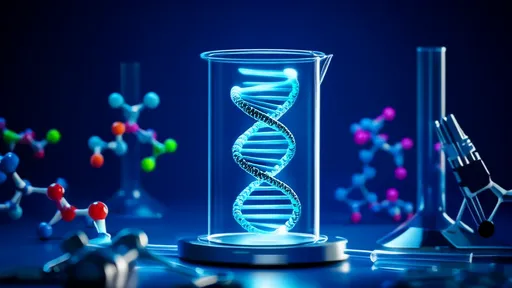
By /Jul 3, 2025
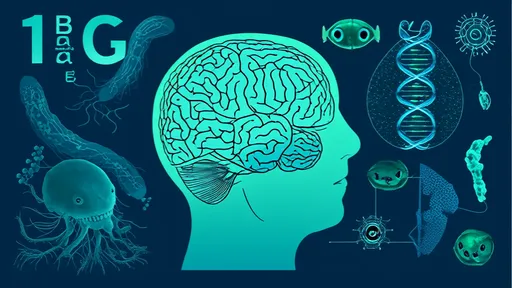
By /Jul 3, 2025
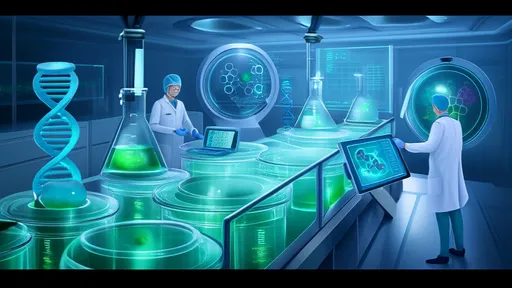
By /Jul 3, 2025
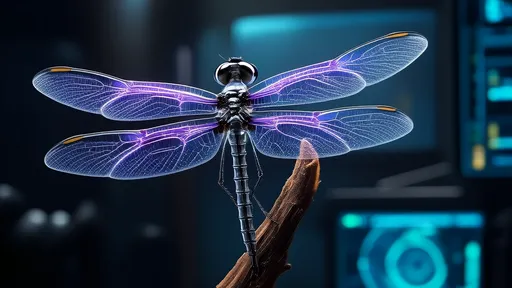
By /Jul 3, 2025
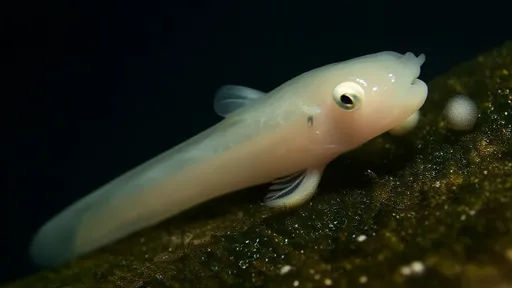
By /Jul 3, 2025
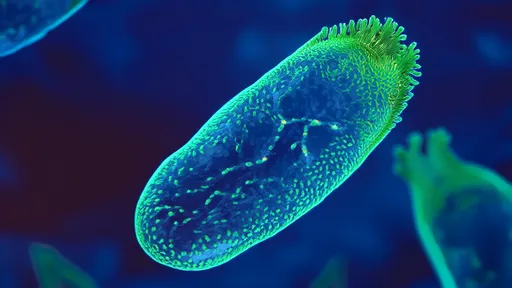
By /Jul 3, 2025
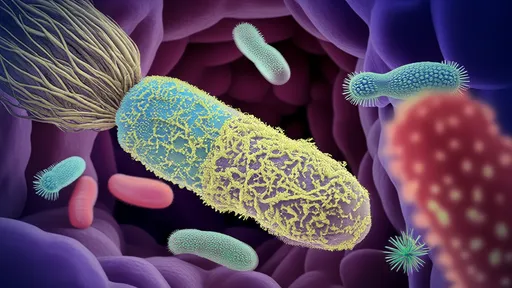
By /Jul 3, 2025
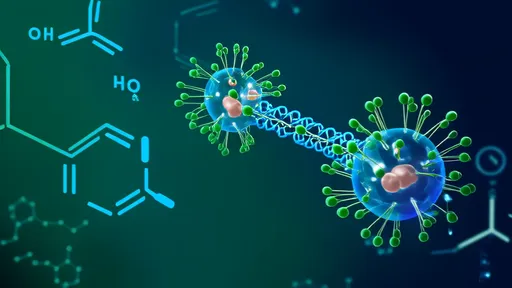
By /Jul 3, 2025
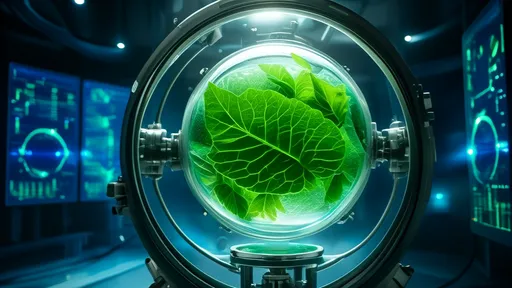
By /Jul 3, 2025